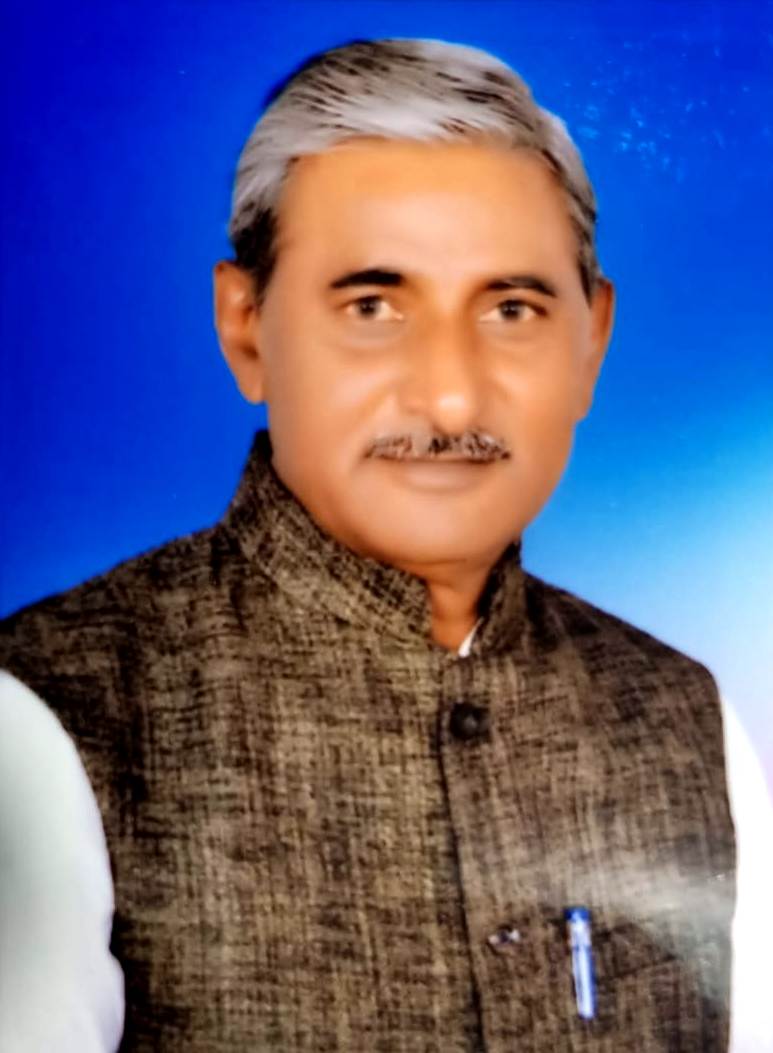



Kalyan Mal Sahu
![]() Home Address:
Home Address:
15/106, Bichadli Mohalla, Near Gujran Hathai, BEAWAR - 305901, Dist - Ajmer, Rajathan
The word Pichhwai is derived from the Sanskrit word 'pich' meaning back and "wai" meaning hanging. Pichhwai is an intricate painting, done mostly on cloth or paper, portraying Lord Krishna. This art form has its roots from the holy town of Nathdwara in Rajasthan, in India. Lord Krishna is shown in different moods, postures, and attires. This ancient art form has been passed on from generations to generations. A Pichhwais, other than its artistic appeal, also narrates tales of Lord Krishna pictographically. These artists mostly live in 'Chitron ki gali' (street of paintings) and 'Chitrakaron ka mohallah' (colony of painters) and is a close community. Many times a Pichhwai painting is a group effort, wherein several skillful painters work together under the supervision of a master artist. Pichwai paintings are works of arts that are used to adorn the walls of temples. The Pichwai style is from the Nathdwara School and is identified by characteristic features of large eyes, broad nose and a heavy body similar to the features on the idol of Shrinathji. While the paintings depicting summer have pink lotuses, the paintings depicting Sharad Purnima are of a night scene with the bright full moon. Festivals such as Raas Leela, Holi, are also themes that are often depicted. Sometimes rich embroidery or applique work is used on these paintings. Enclosed in a dark border, rich colours like red, green, yellow, white and black are used with a lot of gold decorating the figures. On a starched cloth, the painter first makes a rough sketch and then fills in the colors. Traditionally natural colors and brushes made of horse, goat or squirrel hair were used. The use of pure gold in the paintings adds to their value and charm and it may take 3-4 days to just prepare colour from pure gold.![]() Note:
Note: